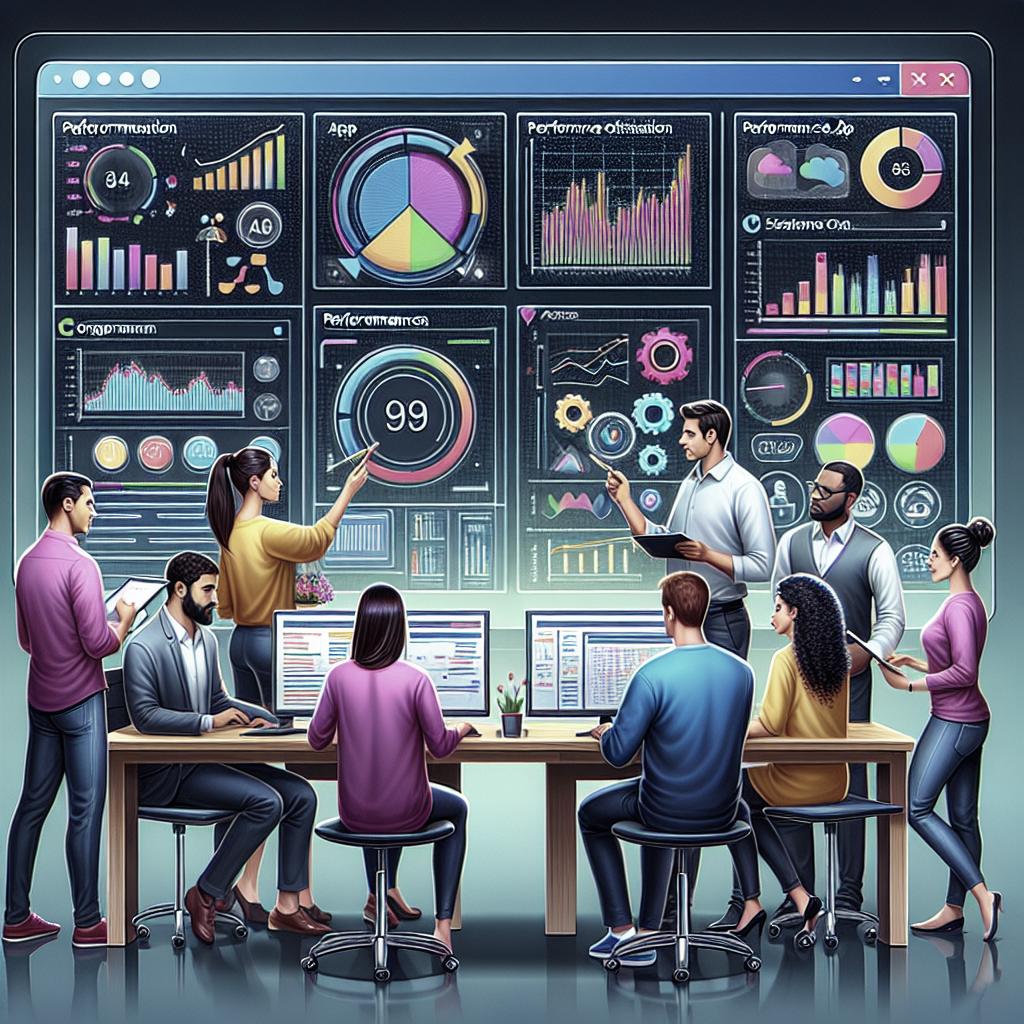Innovative Features in Business Applications
In today’s dynamic business landscape, enterprises rely heavily on cutting-edge technologies to maintain a competitive edge. This blog post delves into the innovative features of business applications, emphasizing the critical components that make Enterprise Resource Planning (ERP) tools indispensable. We’ll explore the significance of user-friendly implementation and integration, delve into advanced resource planning and orchestration capabilities, and assess how decision support systems and process improvement tools are reshaping industries. Lastly, we’ll discuss the importance of demanding more from your enterprise technology, ensuring it meets modern demands efficiently. By understanding these features, businesses can make informed decisions about their technology investments to drive growth and innovation.
What To Look For In ERP Tools
1. User-Friendly Implementation And Integration
One of the most significant factors determining the success of ERP implementation is its user-friendliness. Enterprises seek tools that offer seamless integration into their existing systems, minimizing disruption to daily operations. Modern ERP systems often come with intuitive interfaces that require little to no training, enabling employees to adapt quickly. Not only does this improve overall productivity, but it also reduces the costs associated with long learning curves.
Integration capabilities are equally crucial. Businesses require ERP tools that can conveniently connect with other software solutions in use. Whether it’s customer relationship management (CRM), supply chain management, or HR systems, an ERP’s ability to integrate smoothly determines its efficacy. By opting for tools with robust integration capabilities, companies can ensure all their systems communicate effectively, allowing for real-time data sharing and analysis, which is vital for strategic decision-making.
2. Resource Planning And Orchestration
At the heart of any ERP system is its resource planning and orchestration capability. Enterprises need systems that can constantly monitor and manage resources—be it human, financial, or material. Advanced ERP solutions offer features that include predictive analytics and intelligent forecasting, ensuring resources are aptly allocated and utilized without wastage.
Additionally, orchestration ensures that all business processes are in harmony. With automated workflows and processes, these systems can quickly adapt to changes in demand or unexpected disruptions, ensuring business continuity. For instance, if there’s a sudden spike in demand for a product, the ERP can automate the procurement of materials and adjust production schedules accordingly. Businesses leveraging these orchestration features benefit from agility and flexibility that traditional solutions might not offer.
3. Decision Support, Human Augmentation And Process Improvement
In the age of information, decision support systems (DSS) in ERP tools have become invaluable. They analyze data, identify trends, and provide actionable insights, enabling managers and executives to make informed decisions swiftly. As a result, companies can move from reactive problem-solving to proactive, strategic planning. These tools often incorporate artificial intelligence (AI) which augments human capabilities, automating mundane tasks and allowing employees to focus on higher-value activities.
Process improvement is another area where ERP tools excel. By continuously monitoring and analyzing various processes, these systems identify inefficiencies and suggest improvements. This not only optimizes operations but also enhances the overall quality of products and services offered by a business. For example, in manufacturing, ERP systems can help identify bottlenecks in production, leading to optimized workflows and reduced time-to-market for products.
Ask More Of Your Enterprise Technology
As technology rapidly evolves, businesses must not complacently rely on outdated systems. The demands of the modern market require enterprises to ask more of their technology investments. This involves continuously updating systems to harness the latest innovations, ensuring they remain relevant and effective. Whether it’s integrating the latest AI capabilities or ensuring mobile accessibility, enterprise technology must evolve to support business growth.
Moreover, decision-makers should regularly evaluate their technology stack to identify gaps or areas of improvement. By doing so, they can pinpoint opportunities for innovation, such as adopting cloud solutions for enhanced scalability or employing advanced data analytics for deeper market insights. It is imperative for businesses to not only keep pace with technological advancements but to anticipate and prepare for future trends, ensuring they remain ahead of the curve.
More From Forbes
For enterprises aiming to remain at the forefront of technological innovation, resources like Forbes offer invaluable insights and analysis. Whether it’s examining how companies are leveraging AI for competitive advantage or exploring the future of blockchain in supply chain management, Forbes provides comprehensive coverage of the latest developments in enterprise technology.
To stay informed about industry trends and innovations, business leaders should leverage these platforms, using them not only as a source of information but as a catalyst for strategic decision-making. By aligning with the latest thought leadership and research, companies can inspire innovation and optimize their technology strategies effectively.
| Feature | Description |
|---|---|
| User-Friendly Implementation | Facilitates quick adaptation and reduces learning curve, enhancing productivity. |
| Integration | Ensures seamless connection with existing systems, enabling efficient data sharing. |
| Resource Planning | Optimizes resource allocation using intelligent forecasting and analytics. |
| Orchestration | Harmonizes business processes, allowing quick adaptation to changes. |
| Decision Support | Provides data-driven insights for informed decision-making and strategic planning. |
| Process Improvement | Identifies inefficiencies in workflows to enhance quality and reduce time-to-market. |


